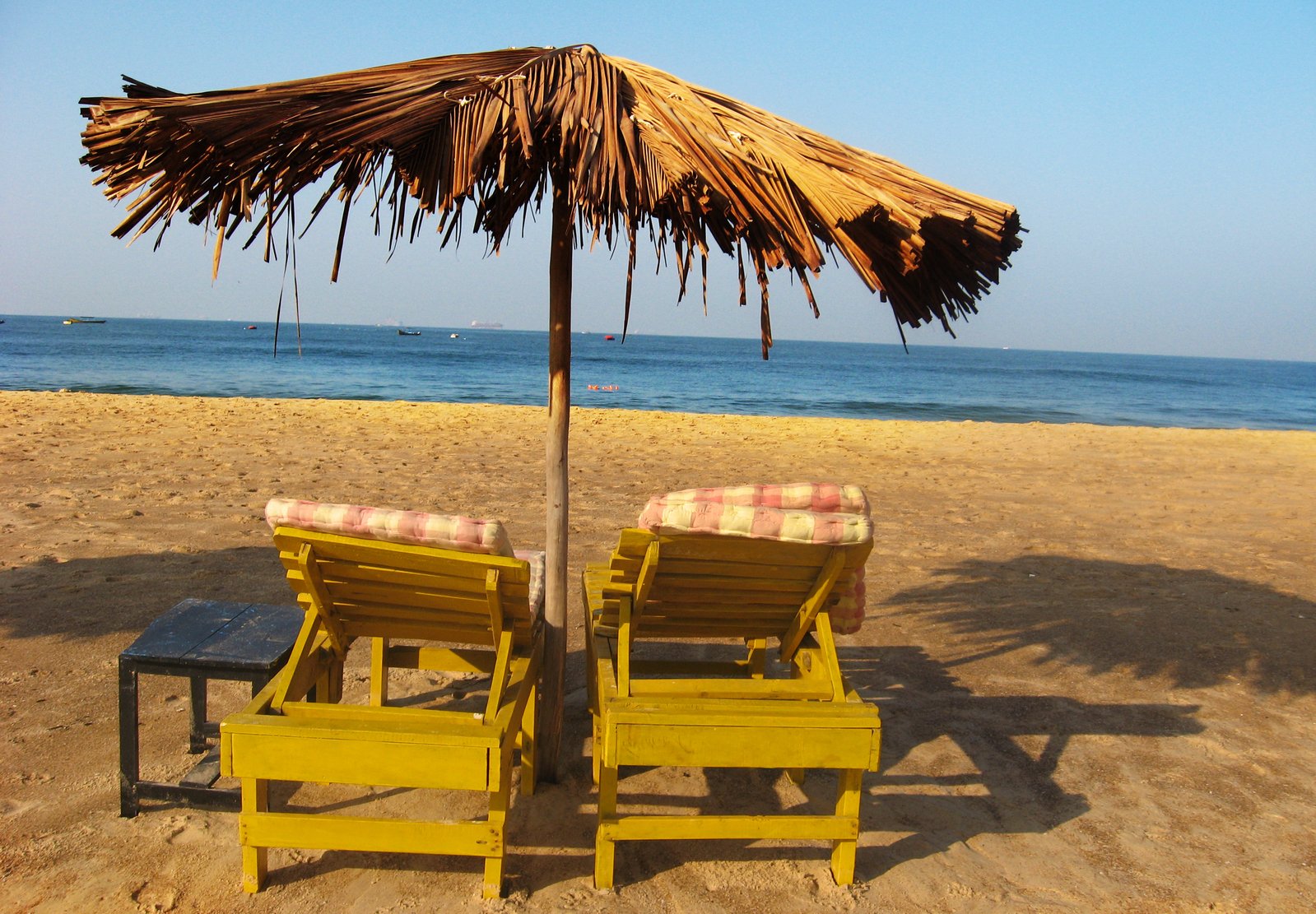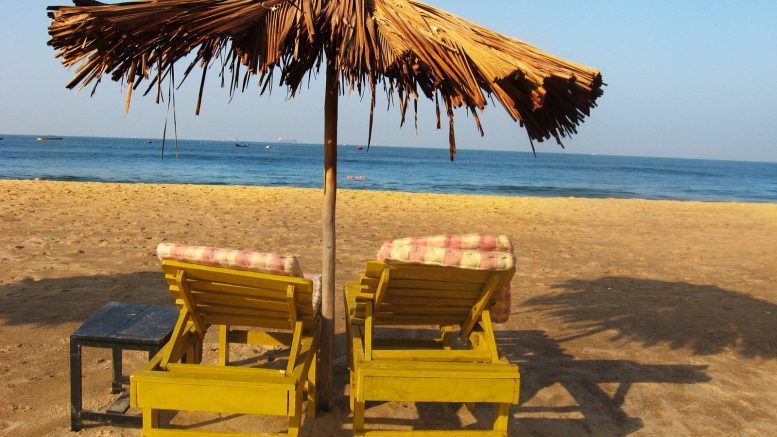There is so much of misinformation and publicity surrounding the matter of burning, suntanning, cancer as well as sunscreens. This post looks at what sunscreens really are, what the catchphrases represent and offer information that will support you make an informed decision.
The obvious and important matter is that in many parts of the world is that people enjoy a climate which sends them outdoors many moths of the year and there are many who are surviving under the smelled parts of the world’ s protective ozone layer. It is well known that the UV rays that beat down on us are harsher and direct in many other sections of the world. So what does UV radiation mean and what are its results?

Image Source: Freeimages
Ultraviolet radiation is grouped into three wavelengths of light. Two wavelengths, known to as UVB and UVA radiation, affect the skin. UVC radiation is absorbed by gases in the atmosphere and does not reach the skin. While both UVB and UVA can cause DNA changes in the layers of the skin, it is the predominantly UVA which has the most common kinds of skin cancer (melanomas) we know about and accelerates the signs of aging. UVB predominantly is what causes burning. The main purpose of the best sunscreen is (or ought to be!) to decrease the severity of UVB and UVA affecting the skin negatively (sunlight is as well constructive for many biochemical approaches, including the production of vitamin D as well as the regulation of sleep – or circadian rhythm – clearly, it was once usual to spend days in the sun).
But, not all sunscreens do this. When you purchase the sunscreen, you most likely examine the SPF number, which means the Sun Protection Factor, but what really does this number mean? It shows the length of time one can stay in the sun with no burning relative to ones normal burn period if you use the sunscreen in advance. For instance, if you might normally burn after just a one hour of contact to sunlight and the SPF of the sunscreen that you are using is 15, and then basically you might remain in the sun for around 15 hours before anything happens. This might be incredibly wrong. It means that the sunscreen offers to block out sun radiation 15 times NIL protection however in fact there are a number of guarantees when it comes to UVA radiation, ie. Radiation that leads to melanoma. If you feel okay staying in the sun for some time and you don’t have any protection against the UVA rays in the sunscreen, it simply means skin cancer risk might be 15 times more than normal. Queensland tops the list of the incidences of skin cancers in the globe. Does it seem like many have been mislead by sunscreen marketing tactics? According to studies, no system exists to easily rate UVA protection. You must also get also get sunscreens after swimming or sweating unless the best sunscreen states “water resistant” and this means SPF works even after being exposed to water.
Now let’s review the best sunscreen ingredients themselves. Basically, sunscreen ingredients are grouped into their kids of activity. They are either UV reflectors, UV absorbers or have a mixed action. UV absorbers contain the UV radiation in order to stop it from reaching the skin. In this approach, the active particles become energized to a more energetic level (or incidence) to have the UV radiation. This is the explanation to the problems with this kind of sunscreen component. When the UV exposure goes down (when one comes out of the sun), the energetic range of the sunscreen particles goes down to their original frequency, releasing energy once more. The energy goes into the epidermis of the skin where it might then cause changes to DNA, exposing the skin to cancer.
The UV reflectors work through scattering UV light so that it cannot penetrate your skin. Generally, this approach depends on the size of sunscreen particles. Hence, the application of the ingredients is most times opaque and thicker. It is the UV reflectors that are most effective when it comes to blocking UVA radiation. The downside of UV reflectors possibly, apart from or due to the thick application that us required is that they appear to plug the pores of the skin which might produce malaria, a result of blocked sweat glands. Due to both forms of action, all sunscreens have to be washed from your skin thoroughly when you are out of the sun.
The natural best sunscreen is a highly effective alternative to their synthetic counterparts and is it now easily available. It is valuable reading labels in order to find out what is in the sunscreen so that you can make an informed decision about what you apply on your skin.



Be the first to comment on "Sunscreen Lotions – The Good And The Bad"